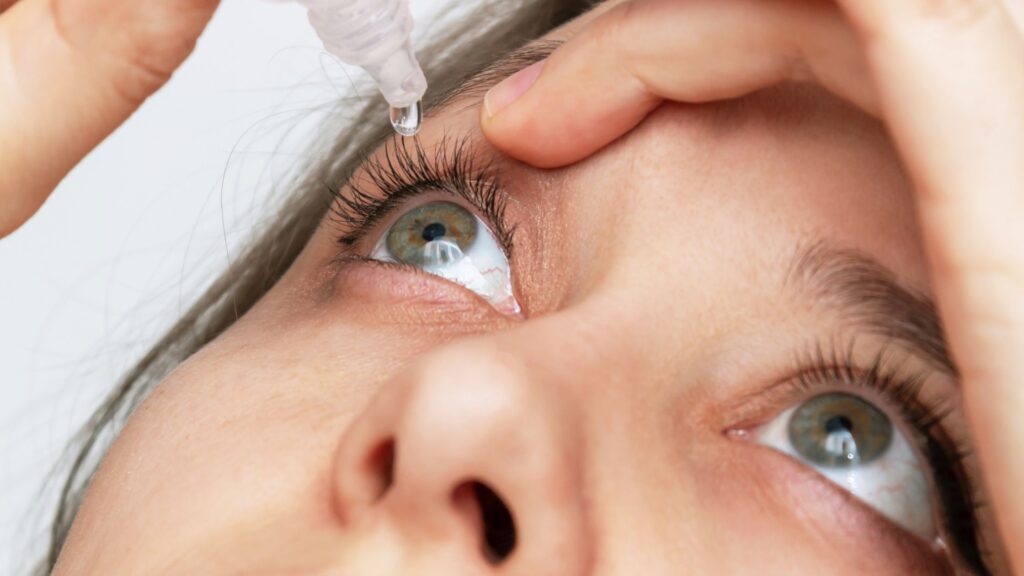In the realm of ophthalmic solutions, Chlorsig eye drops have gained significant attention for their efficacy in treating various eye infections and conditions. From conjunctivitis to blepharitis, this antibiotic eye drop has become a go-to solution for many. But what exactly are Chlorsig eye drops, and how do they work? Let’s delve deeper into their uses, potential side effects, and essential precautions to ensure safe and effective usage.
What are Chlorsig Eye Drops?
Chlorsig eye drops, also known as chloramphenicol eye drops, belong to the family of antibiotics used to combat bacterial infections in the eye. They work by inhibiting the growth of bacteria that cause eye infections, providing relief to individuals suffering from various eye ailments.
Uses of Chlorsig Eye Drops
Chlorsig eye drops are primarily used for the treatment of bacterial conjunctivitis, commonly known as ‘pink eye.’ This contagious infection affects the conjunctiva, the thin, transparent layer covering the white part of the eye. The bacterial strain responsible for conjunctivitis can lead to redness, irritation, and discharge from the eyes. Chlorsig eye drop effectively target the bacteria, reducing the symptoms and promoting faster recovery.
Moreover, Chlorsig eye drops can also be prescribed for other eye conditions such as blepharitis, a common eyelid inflammation, and other bacterial infections affecting the eye.
Potential Side Effects
While Chlorsig eye drops are generally well-tolerated, some individuals may experience mild side effects. These can include temporary stinging or burning in the eye, blurred vision, and increased sensitivity to light. In rare cases, individuals may develop an allergic reaction characterized by swelling, redness, or itching around the eyes. It is crucial to consult a healthcare professional if any adverse effects persist or worsen over time.
Precautions for Safe Usage
To ensure the safe and effective use of Chlorsig eye drops, it is essential to adhere to the following precautions:
- Consultation with a Healthcare Professional: Always consult an ophthalmologist or a healthcare professional before using Chlorsig eye drop, especially if you have a history of eye allergies or any other ocular conditions.
- Proper Application: Follow the prescribed dosage and instructions provided by your healthcare provider to administer the eye drops correctly. Avoid touching the tip of the dropper to prevent contamination.
- Avoidance of Contact Lenses: If you wear contact lenses, it is advisable to refrain from using them during the course of Chlorsig eye drop treatment. Consult your eye care specialist for guidance on when to resume wearing contact lenses.
- Storage Precautions: Store Chlorsig eye drops at room temperature, away from direct sunlight and moisture. Keep them out of reach of children to prevent accidental ingestion.
Also Read: Paracetamol Onset: How Long Does It Take to Relieve Pain?
In conclusion, Chlorsig eye drops serve as a valuable remedy for various bacterial eye infections. However, it is crucial to use them as prescribed and follow the necessary precautions to ensure optimal results and minimize the risk of adverse effects. Always consult a healthcare professional for guidance tailored to your specific condition and needs. With proper care and adherence to instructions, Chlorsig eye drops can aid in the swift recovery and restoration of healthy eyesight.

